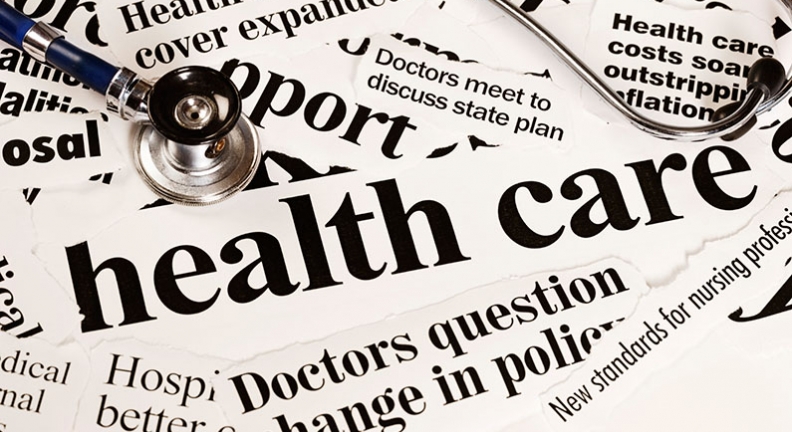HELEN News
HEALTH JUSTICE CAN’T BE BLIND
October 25, 2021

Health Justice Can’t Be Blind
By Daniel E. Dawes
“Justice is blind.” We have all heard this phrase before, and seen the iconic representation: the blindfolded Lady Justice.
That blindfold is supposed to symbolize impartiality. It represents our strict subscription to the notion that impartiality and objectivity are the principles upon which our system is built and by which it is protected. This notion that justice is blind is one rooted in equality.
But justice should not always be blind. Rather than prioritizing equal treatment, sometimes justice demands that we treat individuals differently to ensure equal outcomes. This notion of justice is rooted in the principle of equity.
Put simply, equity takes fairness as its aim. Where equality entails the equal (i.e., impartial) treatment of individuals, equity demands a nuanced approach to ensure equal outcomes.
To achieve justice in the realm of health, our focus must be on equity, and not on blind equality.
When I reference health equity, I’m talking about the movement towards a future in which every person has the opportunity to attain their full health potential and no one is disadvantaged from achieving this potential because of social position or other socially determined circumstances.
If justice hinges on the requirement that people be treated fairly, properly, and reasonably; and health equity mandates that no one is prevented from achieving their optimal level of health due to socially or politically determined circumstances; then health justice is what is borne out of health equity.
Health justice is the highest level of health equity that we can hope to achieve and is one that the legal field is uniquely positioned to address. Health justice focuses on the structural barriers to health, as opposed to “treatment” of people, which is centered in equity. Justice focuses on the root causes of the health inequities we see or experience downstream in minoritized and marginalized communities by focusing attention in fixing the systemic and structural barriers embedded in law and policy. This focus is important because only law and policy can fix these vexing issues or facilitate the structural solutions necessary to move our public health, healthcare, and other leaders beyond nibbling around the edges of the problem of disparate health outcomes in America and around the world.
Understanding this, the question then becomes: how do we get there? The answer can actually be found in those proverbial scales that our oft-blindfolded Lady Justice is frequently depicted holding.
Many individuals have a baseline understanding of the social determinants of health and the outsized role they play in the inequities that plague our country. However, it is actually the political determinants of health that provide us with the greatest opportunity to not only ameliorate the disparities that we have long struggled with, but do so in a just and durable fashion.
For every social determinant of health that we can pinpoint, there was some preceding legal, legislative, or regulatory ordinance, policy, or decision that resulted in the aforementioned social determinant. Put more succinctly, someone, most likely in the legal profession, made an upstream decision that had a downstream impact on health outcomes. More often than not, as history has shown, lawmakers, judges, executive-branch officials, and the like made these decisions with the intention of having a negative downstream impact on communities of color, those of lower socioeconomic status, and many other minorities.
It is this realization, that the legal profession has not only the ability, but also the responsibility, to address the longstanding systemic harms that have led to inequities, that provides an opportunity for health justice to become a reality.
But in order to accomplish that, we have to be willing to see the harm, and envision a better future. Therefore, health justice cannot be blind.
Supreme Court Justice Thurgood Marshall once said, “the legal system can force open doors, and sometimes even knock down walls, but it cannot build bridges. That job belongs to you and me.” In this quotation, Justice Marshall acknowledges the breadth and limitations of the legal system, and, more importantly, calls us to act.
The legal system and profession, for all of its warts and beauty marks, is comprised of individuals with the power to make decisions that affect us all. But in order for us to make collective decisions that benefit all of society, and build bridges to a better, more equitable tomorrow; we must first be able to see our shortcomings and envision a path forward.
Impartial equality has a place in justice, but equity has a more important place in health justice. Sometimes we have to help Lady Justice remove her blindfold in order to see the more equitable future that we’re striving for.
Daniel E. Dawes, J.D. is Executive Director of the Satcher Health Leadership Institute at Morehouse School of Medicine.

